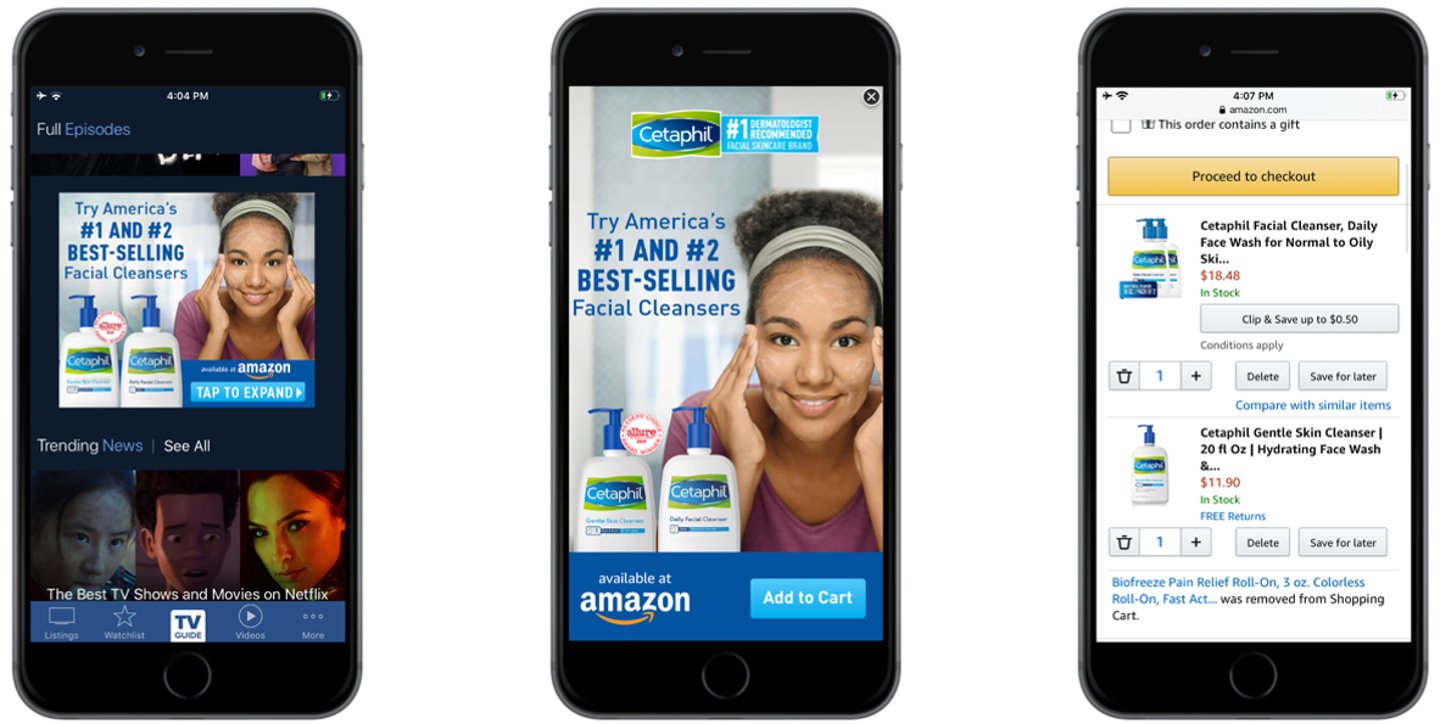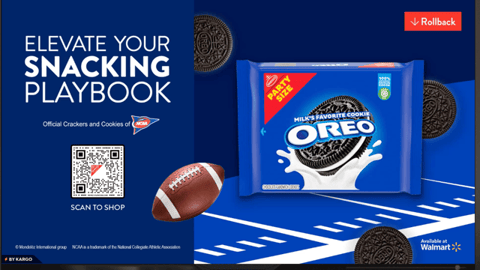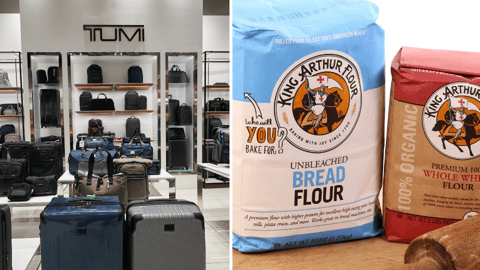That Magic Moment: Cetaphil Rethinks Consumer Targeting
As the pandemic has upended nearly everything in consumers’ lives, many brands have used it a moment to experiment with new strategies in reaching them.
Cetaphil, the Galderma-owned skincare brand that has been around for nearly 75 years, saw an opportunity to tap into the self-care at-home trend when COVID-19 rearranged personal care routines.
The brand, which is currently offered in more than 70 countries, partnered with Aki Technologies and the Arc WW creative agency to target highly qualified consumers during key purchase periods, enabling them to order products with one click from retailers including Target, Amazon and Walmart.
“While it’s still important for our brands to win in store, we also need to win online,” Beth Clevidence, shopper and trade marketing team lead at Cetaphil parent Galderma, tells CGT. “The pandemic has greatly accelerated the growth of e-commerce, and we want to make it as easy as possible for consumers to purchase our products however they’d like to shop, whether that be in stores or online.”
Clevidence notes the company was quick to switch its shopper media spend in the second quarter from driving consumers into the store to driving them to add to their online shopping carts, and the company has recorded e-commerce growth across all key retailer accounts.
In choosing the right instances in which to target consumers, it selected at-home and weekly stock-up moments, as well as other key moments throughout the day.
The brand measures success for the campaign through successful add-to-cart conversions to key retailers from its shopper media; rather than e-commerce sales data, Galderma estimates online sales conversion based on checkout benchmark rates.
Its click-to-cart results had a total transfer value of $2.7 million, with a total 126,172 add-to-carts. Using the industry benchmark of 30% checking out, Clevidence estimated e-commerce dollars $812,808.27, with the estimated return on ad spend (ROAS) of $3.25.
Clevidence says the company often conducts multiple mathematical scenarios of estimated checkout rates based on 30%, 15%, or by anticipating what people will most likely check out with once they get to the cart.
Its fourth-quarter program, for example, added Cetaphil’s two top-performing facial cleanser SKUs to the cart. As most consumers are likely to choose only one of the SKUs before checking out, the company also did scenario planning for that moment.
With the goal of its programs to achieve as many add-to-carts as possible for the highest projected checkouts, Cetaphil remains strategic about how it plans its media to maximize clicks and efficiency.
“Not everyone is always ready to purchase items online, especially in CPG. Personal care items are typically not impulse purchase items,” Clevidence notes. “That’s why it’s so important for us to serve up our messaging at the right moments where people are in the attention state to be doing their online shopping cart building.”
She points to an example of serving messaging to a highly qualified consumer who happens to be in a workout moment — that consumer is unlikely to very receptive. Leveraging Aki’s Moments technology instead maximized the efficiency of reaching consumers, as well as the relevancy of its brand.





